French artist Levalet took some time to answer some questions about art, himself, Paris and his upcoming exhibition at Paris’ Géraldine Zberro Gallery.
Charles Leval better known as Levalet has an especially playful style of street art. He creates life-sized wheat paste posters of people that seem to be interacting with the surrounding neighbourhood, some playful and others more mischievous.
Hello Levalet, how are you doing these days? Are you preparing something new?
Hi, I’m good, I’m actually working on a few scenes for a French science school!
Your production is impressive, it seems you are an “hard worker”, do you consider your artworks as a single opera, or do you see them as individual episodes?
I always try to consider my artworks as individual episodes because of the location.
Every piece needs a specific site. But you’re right, I consider all the scenes as a part of a bigger frame, where I try to define a cosmology of a parallel world.
I first came across your work with the one entitled “Jeu de dupes”, and found it amazing. How did that come about? It was the first time that you included an object within your papers?
It seems you manage to weave together a playful spirit of childhood with important issues like the current economic crisis and the intrusiveness of media in our lives; which comes first – the playfulness or the social commentary?
I first came across your work with the one entitled “Jeu de dupes”, and found it amazing. How did that come about? It was the first time that you included an object within your papers?
I started including objects 6 years ago, trying to create interactions between them and papers.
“Jeu de dupes” is not the first of a kind, I did something before including some books.
I like to mix different media because the presence of a material object makes the whole thing completely different.
It seems you manage to weave together a playful spirit of childhood with important issues like the current economic crisis and the intrusiveness of media in our lives; which comes first – the playfulness or the social commentary?
I think they come together. I show archetypal social habits as a part of my characters play. The non-sense of the positions or situations, often reflect the absurdity of social behaviors. But I want to moderate my words, the social critics is not the major aspect of my work, It just comes out when you read the picture in a special way. I’m not interested in a militant work, that’s why I don’t use words in my installations because I don’t want to close the sense of my works.
I sense a mental struggle in many of the characters you paint – I’m thinking about the ones entitled “Changes” and “Autoproduit”. Is that true? What emotions do you try to convey in your work?
Yes, there is something like a mental struggle in some of my characters, but I think this feeling comes out much more from the situation than from characters’ expression. I try to show how a situation or an activity can be totally disconnected from the human being and what kind of misunderstanding can produce on somebody.
Paris seems to be the perfect setting for your work, do you feel lucky to live there, or would you rather live in another city?
I’m happy to be in Paris, what this city inspires me is a part of my will to act, but I don’t think this place is better for my work than another city. I’d like to work somewhere else, to play with other kind of architecture, to see other colors… (Paris is definitely beige)
Are you connected in some way to the parisian street art movement?
I live in Paris since 2010 and I’m used to meet other Parisian artists during events, exhibitions or for specific projects. But I don’t really think there is a “Parisian street art movement”. There are Parisian artists, working on their own.
In recent years I have heard anything about street art. Some people think it’s the greatest artistic revolution of the last 50 years, others consider it a bubble ready to deflate. What do you think?
I think the term “street art” became a big polysemous word which means nothing and a lot a things at the same time. If we speak about artists who work in public spaces, it always existed, there always been a relationship between art and public space because art has always been a social phenomena. If we speak about a movement born in the 60-70’s with specific cultural codes, coming from the hip-hop movement, the pop culture, the success of artists ilke Banksy…Well, in this case I don’t know what exactly it is, and maybe the term “street art” is a dangerous shortcut for people who always see our artworks through this cultural filter.
I recently spoke with several artists, and the thing that struck me most was this sentence repeated by many: “you must have the urge to say something to go out at night in the cold to paint a wall in secret.” What’s your urgency?
I would not say my urgency is to say something special. My first motivation is the desire to make my ideas and my phantasms exist even if it’s through representation. I like the idea to give a (paper)body
to a mental projection, and that each work live his own life, totally disconnected from me.
How do you think the illegal thing affects what you do? Is this just an extra adrenaline rush or is a key?
There is some poetry in illegality because it goes against some artistic common aspects: you do something that nobody ask for, in a place who is not a place for art, you do it for free, and there is nothing to win except the relative success of your action. But I believe the most important thing for us, much more than illegality, is the quality of the location.
What do you have in common with a teenager, I mean, when you were 13, what did you want to be?
I guess I wanted to be an artist, I didn’t know in which discipline because I used to play music, to dance and to do bad graffitis. I always wanted to have a kind of useless and funny job like to become a crazy scientist or a misunderstood novelist but I wasn’t good enough in science or literature.
What’s in your near future? Do you have shows or projects planned?
I will run a show starting from today November 27th in Paris, at Géraldine Zberro Gallery. It’s a duo show with a French painter, Pascal Vilcollet. Next week I’ll have a print coming out with Graffitiprints and a show in this science French school I mentioned before. And for the next year I know I will be In Italy for one solo show and two festivals.




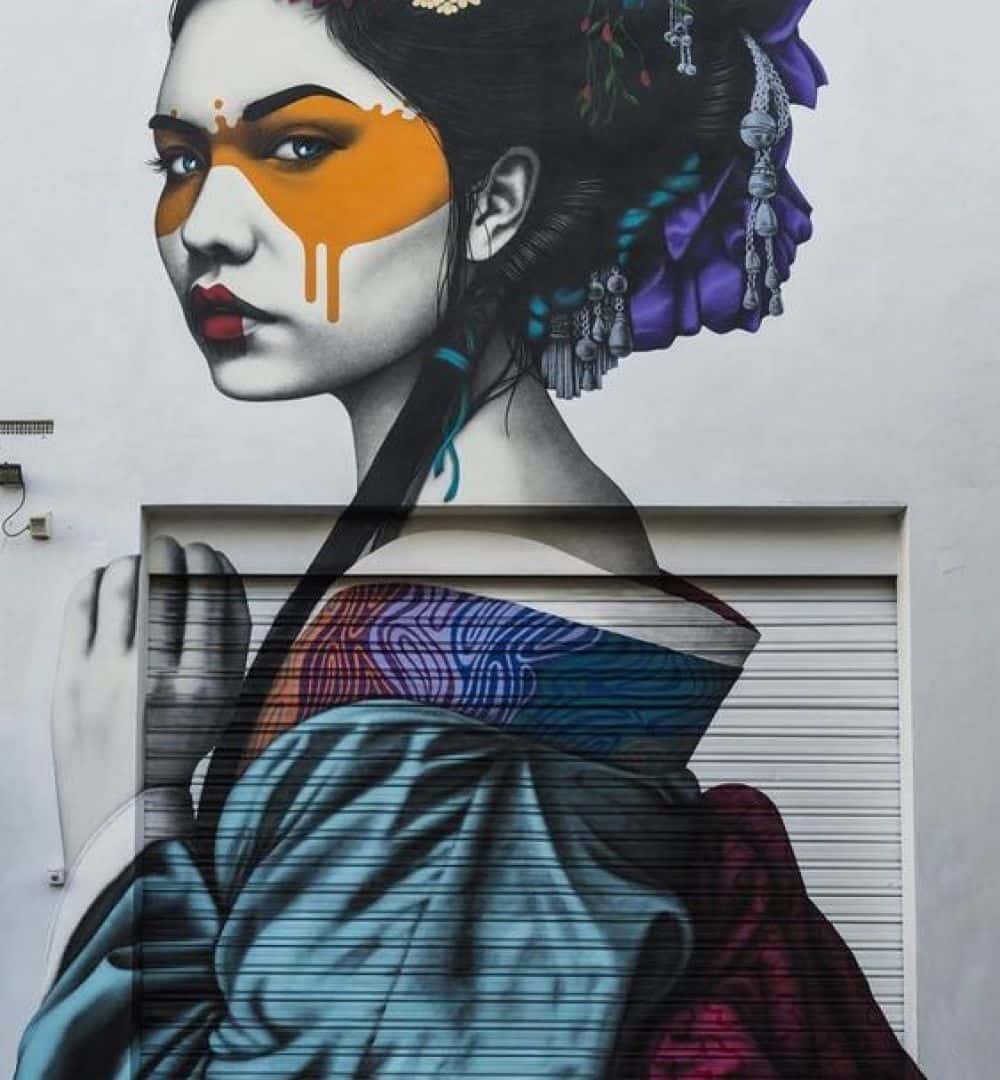









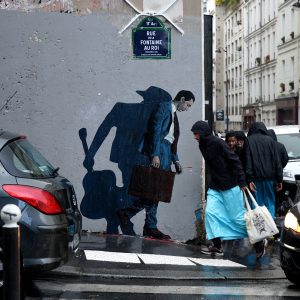

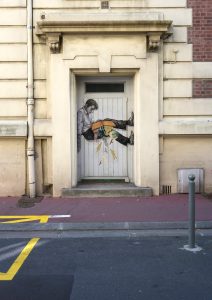



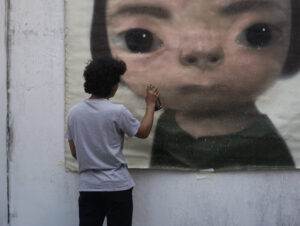

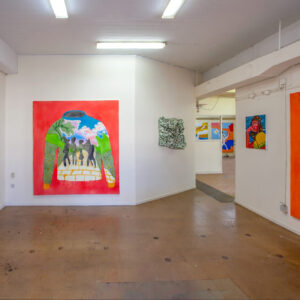










comment